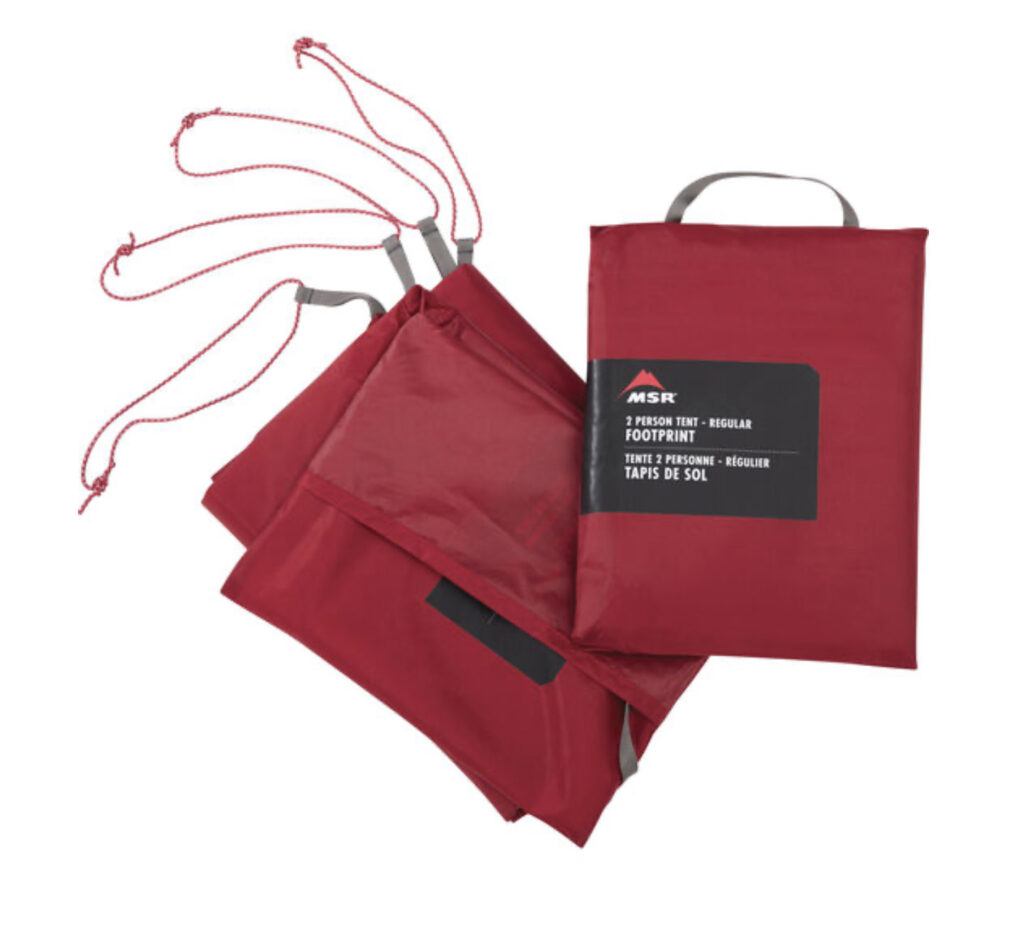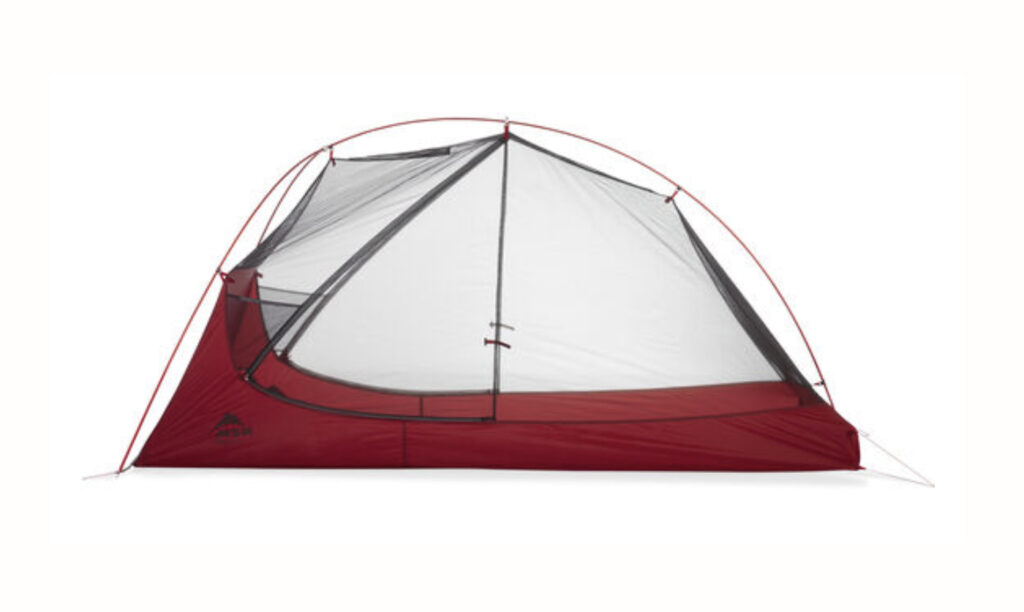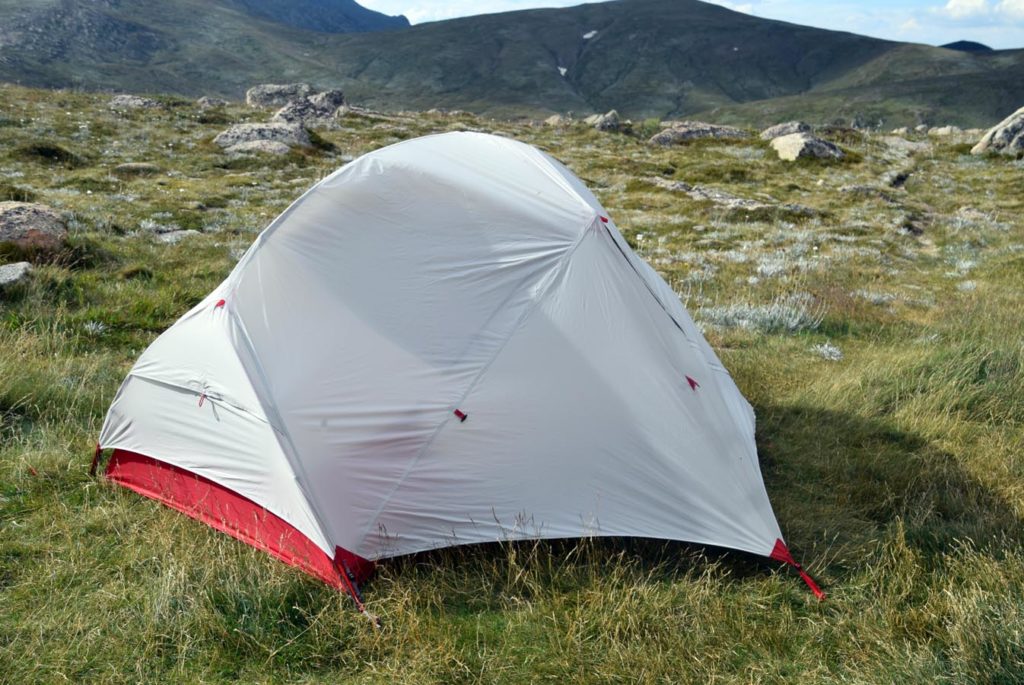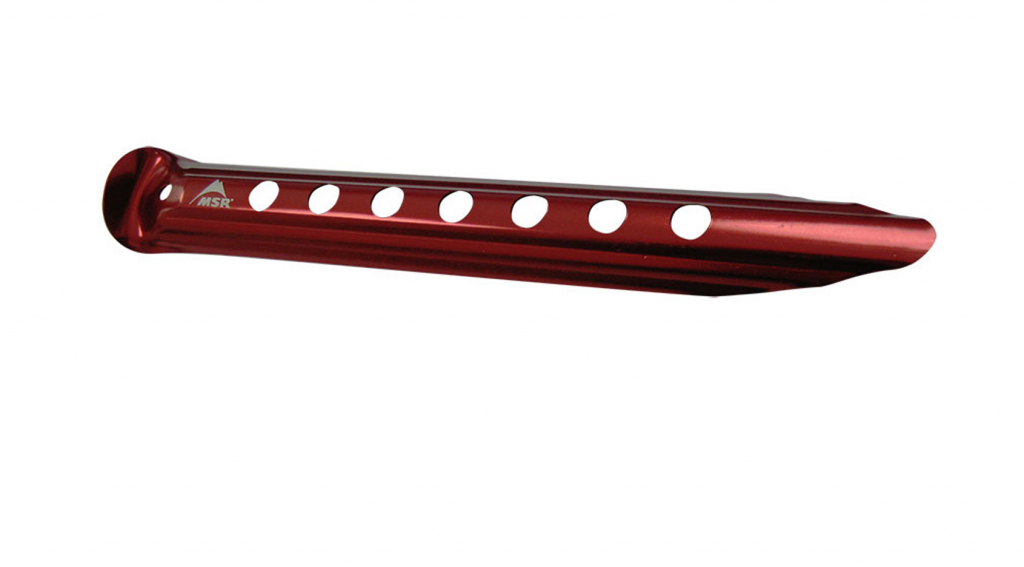How to choose a tent for hiking
Hiking practice
If you go on just about any online hiking forum one of the most commonly discussed topics that you will see posted is ‘what sort of tent should I buy?’ Unfortunately there is no one answer to this question and really what you end up choosing will depend on a range of factors that is most cases are unique to you.
The majority of hikers use double skin, 3-season tents as their main form of shelter. In fact this accounted for 82% of our recent survey with a further 8% using single skin tents. While other options do exist including tarps, swags, and hammocks these forms of shelters aren’t as common as tents, which is what this article focuses on. Specifically tent selection for hikers. As a hiker you are physically going to be carrying your shelter on your back rather than transporting it in a vehicle. You will find that once you have been hiking for a while that you will more than likely own more than one shelter as you gain experience and work out what you need for specific situations.
In choosing a tent for hiking the following factors are the ones most used by hikers in making their choice. Most of what I’m about to discuss are generalisations and there are exceptions to just about everything listed below.
1. Tent size - Number of people
- This should be obvious but its not always as simple as it sounds. This is the starting point and where you decide on how many people are going to be sleeping in your tent? Tent manufacturers will label their tents as one, two, three persons etc. persons but be warned here that while manufacturers may work on some arbitrary ‘typical hiker’ there doesn’t appear to be an industry standard sizing. Are you 160cm or 190cm tall? Are you a slim build or on the solid side? Really there can be no such thing as an average person. These days with modern materials there is often not a huge difference between a one and two person version of the same tent at least as far as weight goes. When choosing a tent look at the length width and height of the tent. Some tents tend to be on the short side (on both length and height) and ideally you want a bit of space above you head and below your feet to allow for some gear storage and to reduce the chance of getting wet from condensation build up particularly in cheaper single skin tents.
- You also need to consider how cosy you and your hiking partner want to be and this is often referred to as ‘liveability’. Sometimes a two-person tent is just not big enough for two people even if the other person happens to be your significant other and you may want to allow that bit of extra room to save the relationship particularly if one of you is a restless sleeper. Most Hikers will usually use one or two person tents. Depending on how much room you need and how compact a shelter you want to carry it be useful to go up a size.

2. What conditions are you using it in?
- When we talk about conditions the most common discussion is ‘do we want a 3-season or a 4-season tent?’
- A 3-season tent is designed to suit the average hiker through the warmer months of the year and will cope with snowfall but is not made for it; so don’t push your luck. 3-season tents are usually double skinned (but not always) and the main body of the tent has a high degree of insect mesh meaning that in hot conditions you keep the bugs out but allow the airflow to enter so you stay cool.
- A 4-season tent is just that meaning you will be able to use it year round including in snow conditions that will have low temperatures. They will usually cope better with high winds. It will keep you warm, mainly because the tent body itself is mostly solid material and will cope with having a certain amount of snowfall on it without collapsing providing it has been set up as directed.
- 88% of hikers who completed our survey use a 3-season tent.

MSR Freelite 2 tent to person tent on the Great Ocean Walk in southern Victoria. This tent is classed as a 3-season te
3. Cost vs. weight vs. durability
The general rule in choosing hiking equipment it that we need to consider the ever present conundrum of cost vs. weight vs. durability and that usually we can only have two of these.
Cost
a. The price of a tent is going to vary widely. You can purchase some very cheap tents online or at some of the big chain stores but the old adage of you get what you pay for is worth considering. If you are overnight hiking on a regular basis spend more on a better quality tent. If you rarely overnight on the trail either borrow a tent or spend less. The choice is wide open here.
b. 60% of survey respondents identified price as being a consideration when choosing a tent.
Weight
a. The tent is considered one of the ‘big three’ when we talk about hiking equipment. The big three are the three pieces of equipment that weight the most in you pack and this usually consists of your backpack, your sleeping bag, and your shelter. Whatever tent you buy is up to you as long as you are willing to carry it there are some pretty amazing lightweight and ultra-lightweight tents on the market. Weight and cost are often directly related when choosing a tent meaning the lighter the tent the more it costs.
b. When researching tent weight you will come across the term ‘packed weight’ this is the term that you should be considering and includes, the tent itself, the poles, tent pegs and guy ropes.
c. 91% of respondents who responded to our online survey identified weight as being a major factor in choosing a tent.
Durability
a. Tents that are really durable are usually heavier. If you are rough on your equipment or the environmental conditions are harsh you may want to consider something a bit more robust.
b. One of the other options that you can choose that will help extend the life of your tent is to use a groundsheet which provides a barrier for the base of your tent and will protect it particularly when the ground is rocky or has lots of sharp protrusions.

Ground sheets provide additional protection under the tent base if needed
4. Features
Single skin or double skin?
Single skin tents (one layer) are usually lighter in weight but can also have problems with condensation, particularly if you are pushing up against the ends of the tent. Single skin tents also usually pack down to a smaller size as well. Only 8% of hikers who responded to our survey used single skin tents.
Double skin tents have an inner and outer layer and 83% of hikers who responded to our recent survey used double skin tents. Double skin tents are slightly heavier and as a general rule but have less issues with condensation. Double skin tents are often more versatile (not always) and can be erected in a number of different configurations
Front entry vs. side entry
a. This is as it sounds. Side entry tents open on one or both sides of the tent while front entry tents open at the end. I personally prefer a side entry tent and if you are sharing a tent with someone else a tent that has an opening on each side means that you will disturb your partner much less as you get in and out of your tent.
b. Side entry tents, as a general rule, have a bigger vestibule to store your gear, which means that when you get out of your tent in the middle of the night that you don’t need to climb over your pack.
c. 78% of hikers who responded to our survey preferred side entry tents as opposed to 22% who preferred front entry tents.
Free standing vs. non free standing
a. A free standing tent means that the main part of the tent is self supporting which is using when using hiking platforms, or the ground is really rocky and difficult to set pegs into the ground. The tent fly (the outer waterproof layer) is usually not free standing and will need to be pegged down.
b. A non free standing tent needs to be pegged down to set up
Other
- There are lots of other features to consider when choosing a tents some of these are:
- Reflective guys ropes for visibility at night
- Ability to use trekking poles instead of dedicated tent poles, which helps to reduce the weight you carry.
- Vestibule size, which provides protection for your pack from, wet weather.
- Interior storage including gear lofts and pockets to store all the little bits and pieces inside the tent.
- Colour
- Colour coding explain
- Fabric type
After sales service
a. Brand name tents often cost more but will come with excellent warranties.
b. If you loose or break pieces of your tent how easy are they to replace?

A MSR Freelite 2 tent without the fly. This tent is semi-freestanding and needs to be pegged down but can be used on tent platforms. This image also shows the doors on the side of the tent. If the weather is dry and warm you don’t need to use the fly.

ZPacks Ultralight Duplex tent. This ultralight, single skin, two person tent is well known among ultralight hikers and weights almost nothing. In addition it can use trekking poles rather than dedicated tent poles to further reduce the weight.

MSR Hubba Hubba 2 person tent. This is a great choice when your sharing with someone who is not your partner as you can sleep in different directions (the internal tent width is the same top and bottom) for a bit of separation
5. Don't forget the tent pegs
Most tents will comes with a partial or full set of tent pegs. The quality of these pegs may vary depending on the brand and I have purchased tents in that past that while the tent has been excellent the pegs have been all but useless and needed replacing within a short period of purchasing the tent. When buying a new tent shout yourself to a descent set of tent peg if you don’t own any. In addition to having good quality pegs carry a few different types depending on the expected conditions. I will always carry a number of MSR sand pegs with me and its rare that I don’t use them.

Last words
So you’ve just purchased a new tent and plan on doing the trip of a lifetime. Don’t forget to do a short shakedown hike to iron out any kinks and to familiarise yourself with how all the bits go together.
Also remember when choosing a tent that this is a purchase that you are likely to have for a number of years so take your time. I spent over two months researching before I bought my current Big Agnes tent making sure that it would meet my requirements. I initially started with a list of three tents and progressively narrowed down my choices based on the type of hiking that I was planning and it has not let me down so far.
It is likely that if you are a keen hiker you will end up owning more than one shelter and while our older heavier tent doesn’t get used much anymore it now serves as a spare for when we take non hiking friends and family camping.